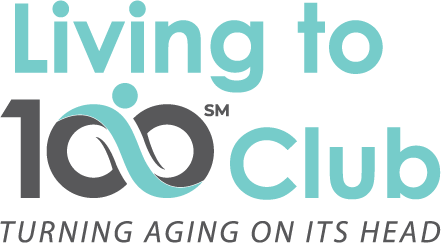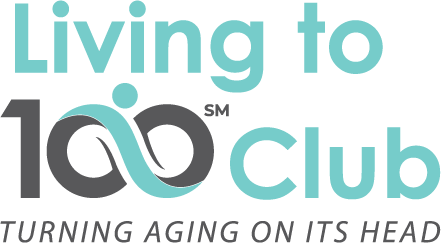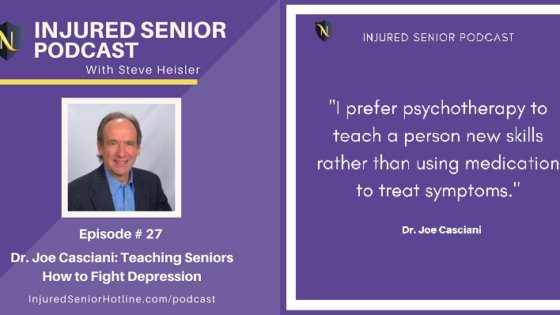by Joe Casciani
This is the second of two articles on positive psychology. The first part focused on basic principles of positive psychology and positive and negative explanatory styles. In this part, we take a look at the concept of re-framing.
First, a little background. Positive psychology examines how the average person can be happier and lead a more tranquil, satisfying life by encouraging people to identify and develop their own positive emotions, experiences, personal strengths, and traits, and reverse the focus from negative to positive. By shifting attention to the positive aspects of our work or family life, such as by thinking about what went right during the day, instead of where I didn’t perform perfectly, then we can bring a better balance between the positive and negative, be more effective in our interactions, communications, and relations with others, and develop a more optimistic outlook toward the future.
Again, I’s important to state that positive psychology is more than putting on “rose-colored glasses.” It involves learning to view, explain, and interpret events in a positive frame of mind and to apply this new outlook to our day-to-day interactions.
RE-FRAMING EVENTS: IS THE GLASS HALF FULL OR HALF EMPTY?
Have you noticed how two people can face the same situation and one person can describe the situation as a disturbing ordeal while another sees it as a minor inconvenience – the glass is half full or half empty metaphor? It’s the same 8-ounce glass with four ounces of water that the two people are describing. Or have you had one of those days when it seems that everything is going wrong, and all you see are missteps and disappointments? Or those times when all we think is how could things get any worse until you hear someone else’s troubles that make yours pale in comparison, showing you that your stresses really aren’t so bad? Re-framing requires re-thinking the way we explain or interpret events to ourselves. A good, though extreme example is the struggling wife and mother who would tell her family that having no money wasn’t so bad – at least she didn’t have to worry about which bills to pay (see National Public Radio’s podcast, How I Built This, and the episode with Burt and John Jacobs about their amazing “Life is Good” apparel business).
| EXERCISE TO SHOW RELATIVITY: In your mind, form a picture of a cardboard box. Get a good picture of it. Now imagine a smaller box and put it right on the left side of the first one. Now, imagine a third box, bigger than the first one, and put it to the right of the first one. They’re all cardboard boxes. There’s always a bigger one, and always a smaller one. There’s always something better or worse, always something hotter or colder, always someone richer or poorer, healthier or sicker. Just like all things, or events, like a phone call, a letter, or a conversation with a family member, or a report from your doctor. Everything is relative. And when you put an event in perspective with others, it’s called re-framing. And to take this a step further, nothing is really good or bad – it’s only the meaning we attach to it. |
Re-framing means changing the way you look at something and changing your experience of it. Re-framing can turn a stressful event into a challenge to be bravely overcome, like being confined to crutches after a bad fall and broken ankle. It can help us to see a negative event as an experience from which we can learn, and how we can possibly avoid similar negative events in the future, like over-drawing a checking account. Or, re-framing can also help us to create a more positive life before actually making any changes in our circumstances. This thinking style would apply after a serious loss, maybe of a loved one or close friend, or even our driving ability, where we would look for new opportunities, or what I call, “starting a new chapter,” before thinking about restricting or narrowing our lives.
RE-FRAMING TECHNIQUES THAT CAN HELP
- Watch Your Thinking Pattern
Educate yourself about some of these negative thinking patterns that increase your stress levels – is our perception accurate, or exaggerated? Are we making assumptions that are not valid, like when we don’t hear from someone for a long time? Catch yourself when you’re slipping into overly negative and stress-inducing patterns of thinking and look for something good in what has happened. “I didn’t get that raise I expected. I must be a failure; why even bother working so hard.”
- Don’t Expect the Worst
Don’t build up obstacles in your imagination – instead, minimize every obstacle; only your fear and negative thinking will make them bigger. <strong>Picture success, and have success; picture failure, and have failure.
- Substitute Positive Thoughts or Points of View for Negative Ones
Avoid argument, and when a negative attitude is expressed by others, offer an alternate opinion, more positive and optimistic.
Look for the gift in an unpleasant situation, disappointment, or loss – what is there that can be viewed as something positive about the negative event?
CONCLUSION
Part One reminded us of the quote by George Matthew Adams, the newspaper columnist, that bears repeating: Learn to keep the door shut, keep out of your mind, out of your head, and out of your world, every element that seeks admittance with no definite helpful end in view.
A future article on Positive Psychology will delve into the world of affirmations, affirming statements that have a big impact on our thinking and our resilience – the ability to recover from setbacks and hardships. We will see that positive events are more under our control than we think they are, and how we can reduce negative self-talk, re-frame losses and disappointments into positive learning experiences, and see ourselves as being more capable and having more potential than we have realized. Stay tuned.
THIS WEEK’S RECOMMENDATIONS – A SECOND LOOK
The Living to 100 Club, LLC, is an Amazon Affiliate; sales commissions accrue to the Company when recommended Amazon products are purchased by our readers. These products target healthy lifestyles, information on successful aging, and aid to caregivers.
The Happiness Advantage: How a Positive Brain Fuels Success – The Happiness Advantage isn’t only about how to become happier at work. It’s about how to reap the benefits of a happier and more positive mind-set to achieve the extraordinary in our work and in our lives.
![The Happiness Advantage: How a Positive Brain Fuels Success in Work and Life by [Achor, Shawn]](https://images-na.ssl-images-amazon.com/images/I/41obIJ-AVIL.jpg)
Activities for Teaching Positive Psychology: A Guide for Instructors – presents a comprehensive set of fun, interactive classroom activities devised by contributors who are experienced teachers as well as leading scholars in their areas.

The Positive Shift: Mastering Mindset to Improve Happiness, Health, and Longevity – The truth is, the way we think about ourselves and the world around us dramatically impacts our happiness, health, how fast or slow we age, and even how long we live. In fact, people with a positive mindset about aging live on average 7.5 years longer than those without.

Essentialism: The Disciplined Pursuit of Less – By forcing us to apply a more selective criteria for what is Essential, the disciplined pursuit of less empowers us to reclaim control of our own choices about where to spend our precious time and energy—instead of giving others the implicit permission to choose for us.





